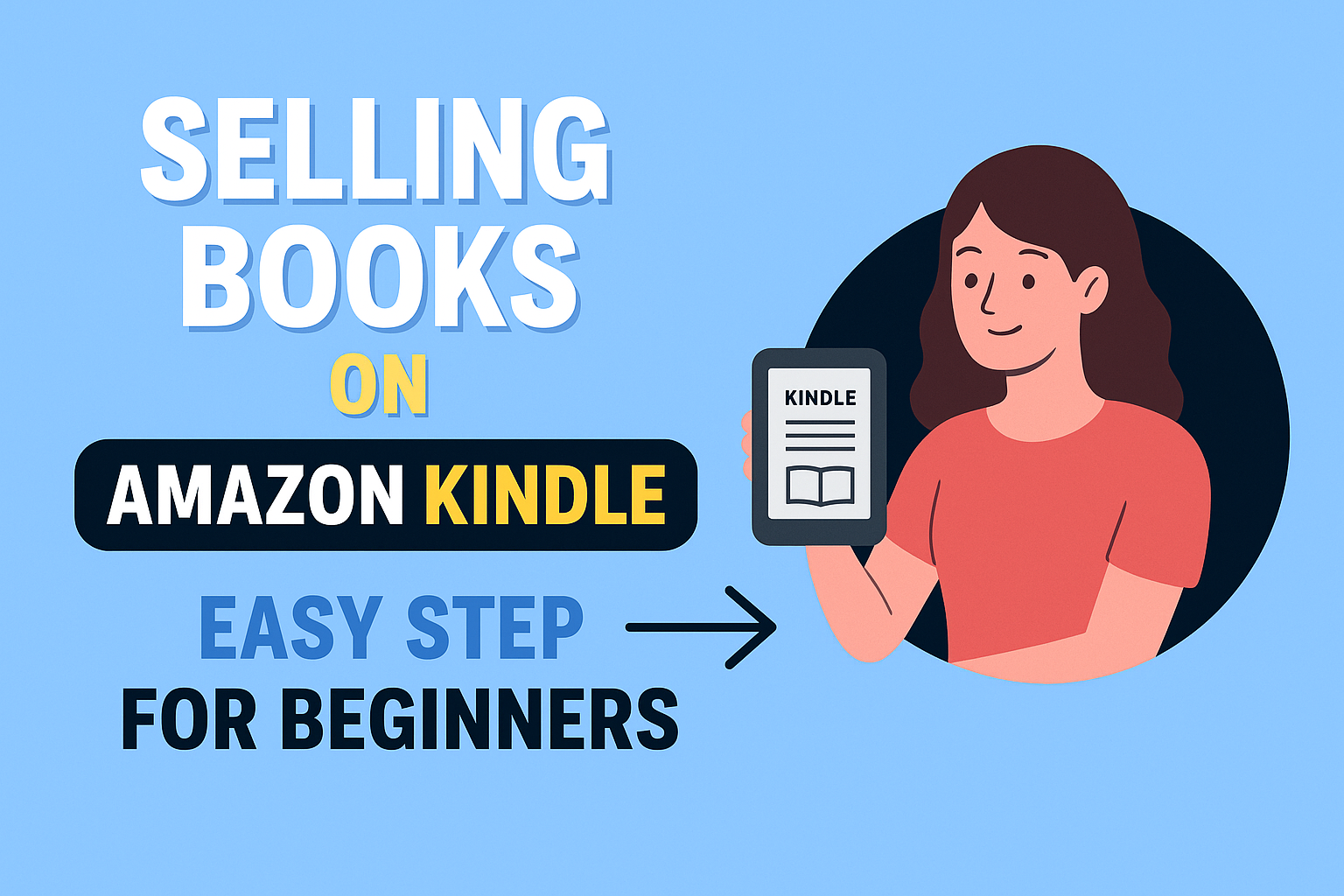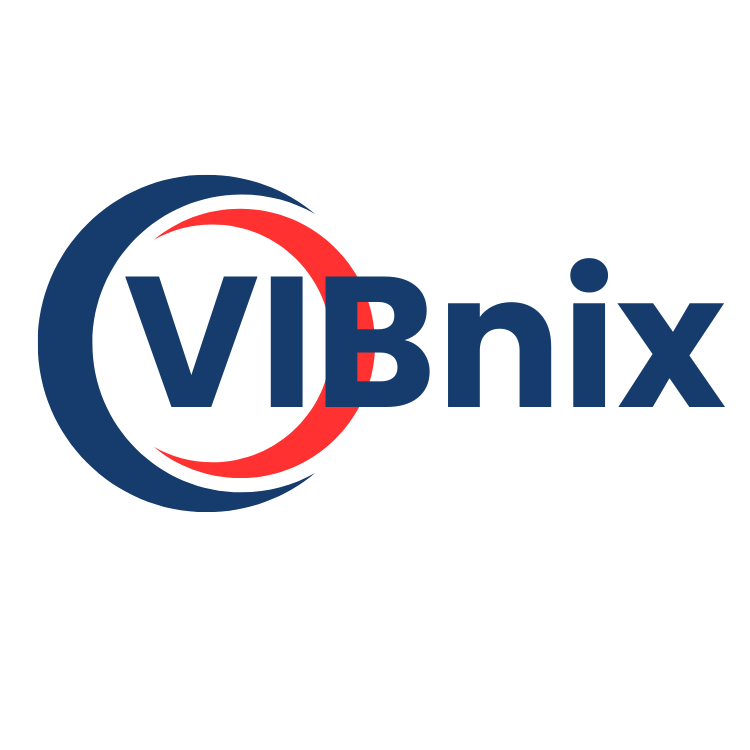Selling Books on Kindle: A Guide for Beginners

Introduction
In today’s digital age, publishing a book has never been easier. Gone are the days when aspiring authors had to rely on traditional publishers, long waiting periods, and endless rejection letters. Thanks to Amazon Kindle Direct Publishing (KDP), anyone can write, publish, and sell their books to millions of readers worldwide—without spending a fortune. Whether you’re an aspiring novelist, a content creator, or someone who wants to share knowledge through guides and workbooks, Kindle provides a platform to turn your ideas into income.
This guide is designed especially for beginners who want to sell books on Kindle but don’t know where to start. We’ll cover everything from understanding how KDP works, choosing the right niche, creating professional-looking books, setting up your pricing, and finally, promoting your work effectively. By the end, you’ll have a clear step-by-step roadmap to start your Kindle publishing journey confidently.
1. What is Amazon Kindle Direct Publishing (KDP)?
Amazon Kindle Direct Publishing, commonly known as KDP, is Amazon’s self-publishing platform. It allows anyone to publish ebooks, paperbacks, and even hardcover editions without the need for a traditional publishing house. The beauty of KDP lies in its simplicity and accessibility: publishing a book is free, and your work can be available to readers worldwide within 24–72 hours.
Through KDP, authors retain control over their content, pricing, and royalties. You can set your own price, update your book at any time, and earn up to 70% royalties depending on your pricing model. Plus, your book will be listed on Amazon’s global marketplaces, giving it exposure to millions of active buyers.
Another major advantage is flexibility. You can publish anything from a full-length novel to a short guide, or even low-content books like journals and coloring books. Unlike traditional publishing, you don’t need prior connections, huge investments, or approval from editors.
In short, KDP makes book publishing democratic and beginner-friendly—if you have an idea and some effort to put in, you can publish and start selling in no time.
2. Why Sell Books on Kindle?
There are many reasons why selling books on Kindle is attractive for beginners:
-
Low Barrier to Entry: Anyone with a manuscript or idea can get started. You don’t need to pitch to publishers or invest in printing.
-
Global Reach: Your book will be available on Amazon marketplaces worldwide, opening doors to millions of potential readers.
-
Passive Income: Once your book is live, sales can continue to come in with little ongoing effort. Many authors treat Kindle publishing as a source of long-term passive income.
-
Full Creative Control: Unlike traditional publishing, you keep ownership of your content and control how your book is priced and marketed.
-
Scalability: You’re not limited to just one book. The more books you publish, the more opportunities you create for steady income.
For beginners, the Kindle platform is not just a publishing tool—it’s a stepping stone to financial independence and brand building.
3. Types of Books You Can Publish
When it comes to publishing on Kindle, you’re not restricted to one type of book. There are three main categories:
-
High-Content Books: These are detailed works like novels, non-fiction guides, self-help books, and educational resources. Example: A 50,000-word novel or a complete business guide.
-
Medium-Content Books: These fall somewhere in between—short stories, children’s books, workbooks, or recipe collections. They require some effort but are quicker to create. Example: A 30-recipe keto diet book.
-
Low-Content Books: These include journals, planners, coloring books, or logbooks. They don’t require much writing but focus on design. Example: A gratitude journal or a fitness tracker notebook.
For beginners, low- and medium-content books can be a great starting point since they’re faster to produce and can still generate steady income.
4. Step 1: Research and Choose a Profitable Niche
The first step in selling books on Kindle is choosing a niche. A niche is simply the category or topic your book belongs to. Picking the right niche is crucial because it determines how easily readers will find your book.
-
Why It Matters: A profitable niche ensures that there’s demand for your book but not too much competition.
-
How to Research:
-
Check Amazon’s Best Seller Rank (BSR) for different categories.
-
Use tools like BookBolt, SellerSprite, or Kindle Spy to analyze trends.
-
Explore customer reviews to see what readers are looking for.
-
-
Examples of Profitable Niches:
-
Self-help and productivity
-
Health and fitness (diet books, recipe collections)
-
Children’s storybooks
-
Journals and planners
-
Finding a balance between demand and competition is the key to success.
5. Step 2: Write or Create Your Book
Once you’ve chosen your niche, it’s time to create your book. This can seem intimidating, but it doesn’t have to be.
-
For High-Content Books: Dedicate time to writing quality content. Break it into manageable chapters and edit carefully.
-
For Low-Content Books: Use templates from tools like Canva or BookBolt to design journals or planners.
-
Outsourcing: If writing isn’t your strength, you can hire freelance writers, editors, and designers from platforms like Fiverr, Upwork, or Reedsy.
-
Formatting: Use Microsoft Word, Google Docs, or Scrivener for writing. Convert your file with Kindle Create to ensure it meets Amazon’s requirements.
Remember: Quality is everything. A polished, well-formatted book gives readers confidence in your work.
6. Step 3: Design an Attractive Book Cover
Your cover is the first impression of your book. Even if your content is excellent, a poorly designed cover will turn readers away.
-
DIY Cover Design: Tools like Canva, Photoshop, or BookBolt allow you to design professional-looking covers easily.
-
Hire a Designer: Platforms like Fiverr or 99designs offer affordable designers who specialize in book covers.
-
Tips for a Great Cover:
-
Keep it simple but eye-catching.
-
Use readable fonts.
-
Make sure it stands out in thumbnail size (since Amazon displays small images).
-
Investing in a professional cover is worth it because it directly impacts sales.
7. Step 4: Uploading Your Book on Amazon KDP
Publishing on KDP is straightforward. Here’s a step-by-step process:
-
Create a KDP Account (free, linked to your Amazon account).
-
Enter Book Details: Title, subtitle, description, keywords, and author name.
-
Choose Categories: Select the most relevant ones to increase visibility.
-
Upload Your Manuscript and Cover: Supported formats include DOCX, PDF, and EPUB.
-
Preview: Use the preview tool to check formatting and layout.
-
Publish: Submit your book for review. It typically goes live within 72 hours.
8. Step 5: Pricing and Royalty Options
Amazon gives you two royalty options: 35% or 70%.
-
35% Royalty: Applies to books priced below $2.99 or above $9.99.
-
70% Royalty: Applies to books priced between $2.99 and $9.99, but comes with conditions like delivery fees.
Pricing Strategy for Beginners:
-
Start with $2.99 to attract more buyers.
-
Once reviews build up, experiment with higher pricing.
-
Run promotions (like Kindle Countdown Deals) to boost sales.
The key is to test and adjust until you find the sweet spot.
9. Step 6: Promoting Your Book for More Sales
Publishing your book is only half the journey—promotion is what drives sales.
-
Optimize for Amazon SEO: Use keywords in your title, subtitle, and description.
-
Leverage Social Media: Promote your book on platforms like Instagram, YouTube, and TikTok.
-
Start a Blog or Email List: Build an audience outside Amazon.
-
Run Amazon Ads: Sponsored ads can help you reach more readers quickly.
-
Get Reviews: Encourage readers to leave honest reviews to build credibility.
Marketing ensures your book doesn’t get lost among millions of others.
10. Common Mistakes Beginners Should Avoid
-
Rushing the Process: Poorly written or formatted books will fail.
-
Skipping Market Research: Not knowing your niche can hurt visibility.
-
Ignoring Cover Design: Readers judge by the cover first.
-
Wrong Pricing: Overpricing or underpricing can reduce sales.
-
Giving Up Too Soon: Many books take weeks or months to gain traction.
11. How and When You Get Paid
KDP pays monthly, but with a 60-day delay. For example, sales in January will be paid at the end of March.
-
Payment Methods: Direct deposit, check, or wire transfer (depending on your location).
-
Earnings Dashboard: You can track real-time sales and royalty reports in your KDP account.
Payments are reliable and consistent, making Kindle publishing a trustworthy income stream.
12. Tips for Long-Term Success on Kindle
-
Publish More Books: The more titles you have, the greater your chances of earning.
-
Build an Author Brand: Create an author page on Amazon to showcase all your books.
-
Engage with Readers: Use social media or newsletters to stay connected.
-
Keep Learning: Stay updated on trends, niches, and Amazon’s policies.
Consistency is the true secret of Kindle publishing.
Conclusion
Selling books on Kindle is one of the simplest yet most powerful ways to publish and earn in today’s digital world. With Amazon KDP, you don’t need a publisher, massive funds, or special connections—just a willingness to learn and put in the effort. By choosing the right niche, writing quality content, designing an eye-catching cover, and promoting effectively, anyone can succeed.
Remember, success won’t come overnight, but with persistence and the right strategy, selling books on Kindle can become a reliable source of passive income and a path to building your identity as an author.
Now is the best time to take action—start small, stay consistent, and let your books reach readers worldwide.
- Vibnix Blog
- Politics
- News
- Liberia News
- Entertainment
- Technology
- EĞİTİM BİLGİLERİ
- Art
- Causes
- Crafts
- Dance
- Drinks
- Film
- Fitness
- Food
- Oyunlar
- Gardening
- Health
- Home
- Literature
- Music
- Networking
- Other
- Party
- Religion
- Shopping
- Sports
- Theater
- Wellness



